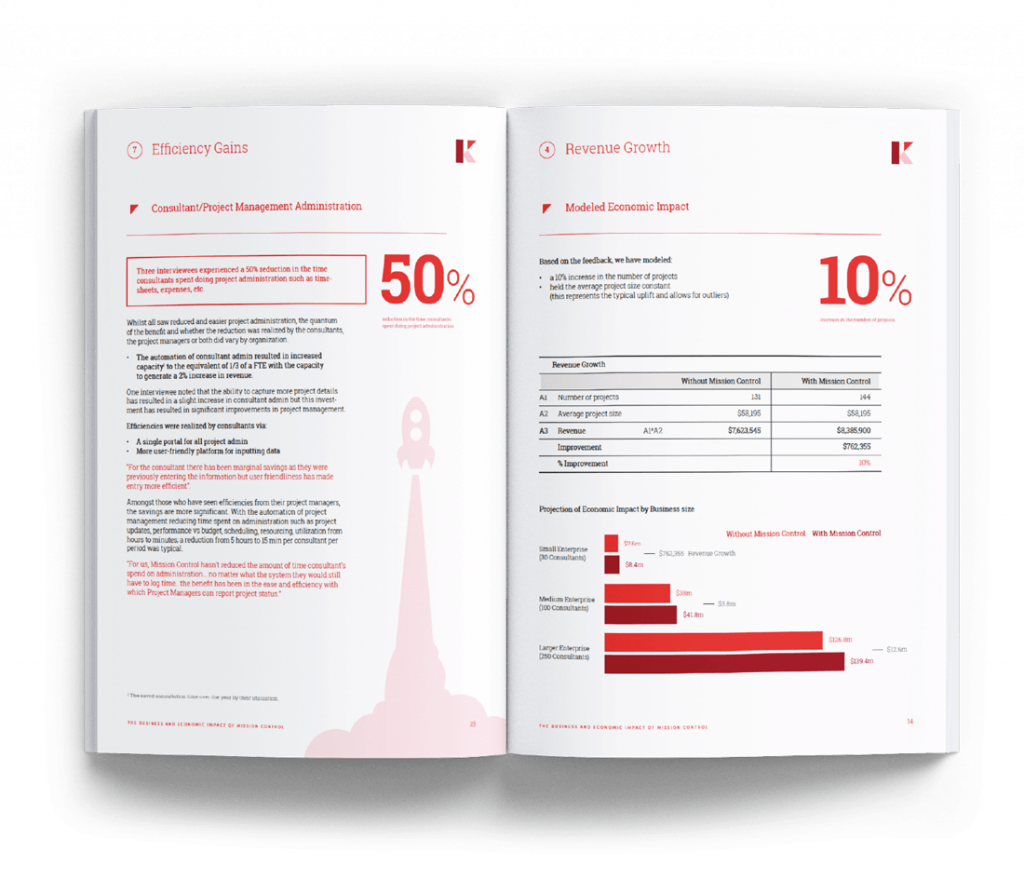Introduction:
Salesforce has evolved beyond a Customer Relationship Management (CRM) platform, becoming a versatile solution for managing projects with its robust features and capabilities. Mastering project management within Salesforce is essential for organizations looking to streamline workflows, enhance collaboration, and achieve optimal results. In this comprehensive guide, we’ll explore key strategies and best practices on how to manage projects in Salesforce successfully.
Define Project Scope and Objectives:
Begin by clearly defining the scope and objectives of your project. Identify key stakeholders, deliverables, and milestones. Utilize Salesforce’s custom objects and fields to tailor your data model to match the specific requirements of your project.
Utilize Salesforce Project Management Apps:
Salesforce AppExchange offers a range of project management apps that seamlessly integrate with the platform. Explore apps like Mission Control or Agile Accelerator to enhance task tracking, collaboration, and overall project visibility.
Leverage Agile Methodologies:
Implement Agile methodologies, such as Scrum or Kanban, to manage projects iteratively and collaboratively. Break down the project into sprints, prioritize tasks, and regularly review and adapt plans based on feedback. Salesforce’s flexibility accommodates the dynamic nature of Agile project management.
Establish Clear Communication Channels:
Effective communication is crucial for project success. Leverage Salesforce Chatter to create a collaborative environment where team members can communicate, share updates, and discuss project-related matters. This promotes transparency and ensures everyone is on the same page.
Customize Workflows with Process Builder:
Streamline project workflows by using Salesforce’s Process Builder. Automate repetitive tasks, such as updating records, sending notifications, or assigning tasks, to reduce manual efforts and enhance efficiency in managing projects in Salesforce.
Create Project Dashboards and Reports:
Develop customized dashboards and reports to monitor project progress, track key performance indicators, and visualize data. Salesforce’s reporting capabilities allow you to create insightful charts and graphs that provide real-time insights into your project’s health.
Integrate Third-Party Tools:
Enhance project management capabilities by integrating Salesforce with third-party tools. Whether it’s project planning tools like Mission Control or Jira or document collaboration platforms like Quip or Google Workspace, seamless integration can streamline workflows and enhance overall project efficiency.
Prioritize User Training and Adoption:
Invest in user training to ensure your team can fully leverage Salesforce’s functionalities. Emphasize the user-friendly nature of the platform and provide ongoing support to encourage adoption. A well-trained team maximizes the potential of managing projects in Salesforce.
Encourage Collaboration with Communities:
Salesforce Communities can be leveraged to foster collaboration among project team members and stakeholders. Create a dedicated community space for discussions, updates, and document sharing, enhancing communication and engagement throughout the project lifecycle.
Continuous Evaluation and Improvement:
After project completion, conduct a thorough evaluation to identify areas for improvement. Implement feedback loops, gather insights, and make necessary adjustments for continuous improvement. This iterative approach ensures ongoing success in managing projects in Salesforce.
Conclusion:
Effectively managing projects in Salesforce requires a combination of strategic planning, collaboration, and leveraging the platform’s powerful features. By following these best practices, organizations can harness the full potential of Salesforce to streamline project workflows, enhance communication, and achieve successful project outcomes. Mission Control is a comprehensive Salesforce Project Management software application. Make sure you check out our other Project Management Best Practices.




